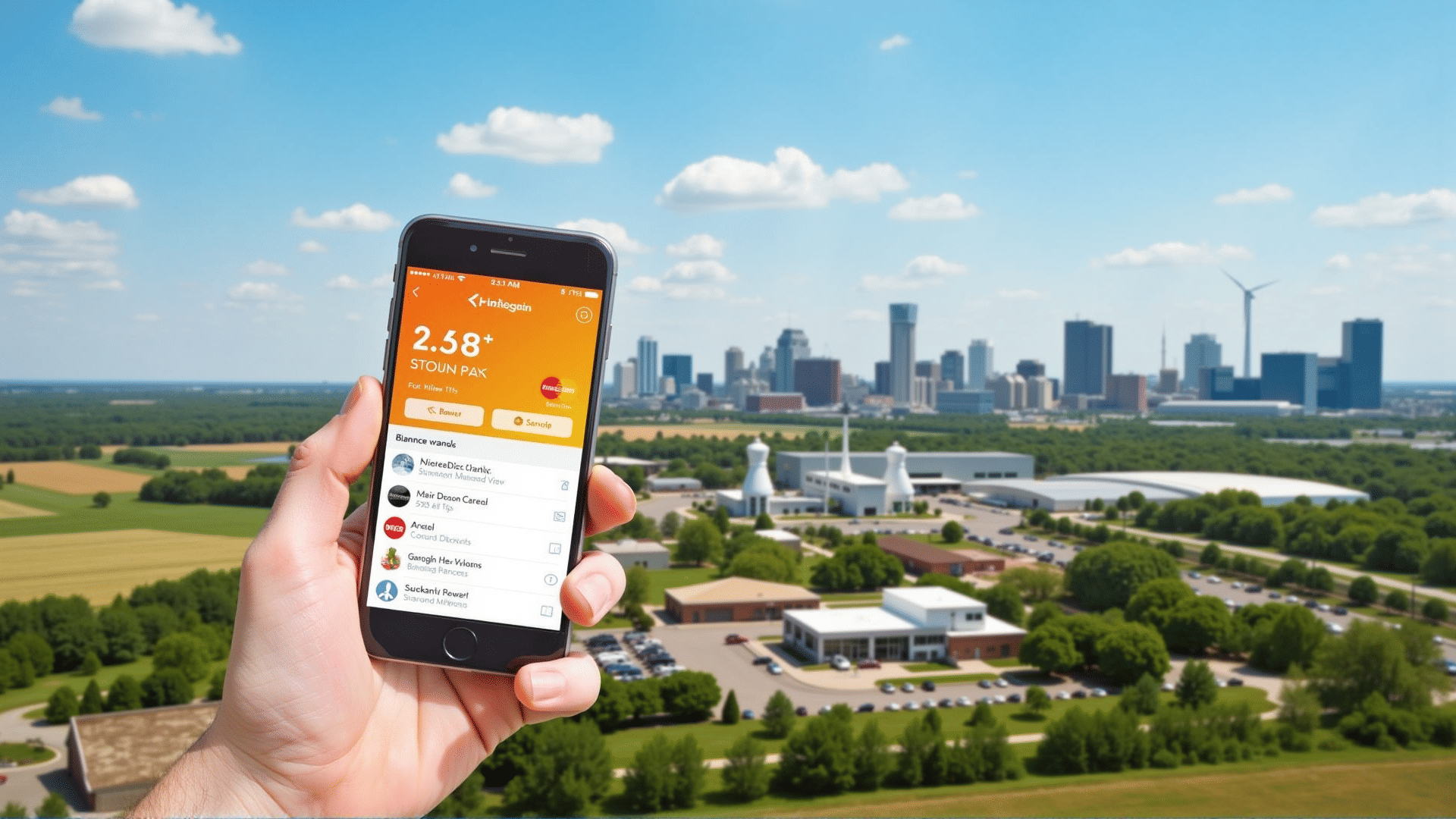In recent years, the Midwest banking sector has witnessed a profound digital transformation, fundamentally reshaping the way banks operate and how services are delivered to customers. In this article, we will explore key areas of change and growth, illuminating how banks in the heart of America are leveraging technology to foster innovation, improve customer experience, and stay competitive in an ever-evolving market.
The first area of significant transformation lies in the integration of mobile and online banking services. Midwest banks have been quick to adapt to the changing preferences of their customers, who increasingly favor the convenience of digital interfaces over traditional, in-person banking experiences. This shift has catalyzed the development of robust mobile apps and online platforms that allow customers to manage accounts, perform transactions, and access tailored financial insights with just a few clicks.
As part of this digital evolution, many banks have also enhanced their cybersecurity measures. With the rise in digital transactions, protecting sensitive customer data has never been more critical. Midwest banks are investing heavily in state-of-the-art cybersecurity technologies, conducting regular assessments, and adopting advanced encryption methods to safeguard customer information against ever-more sophisticated cyber threats.
Furthermore, the adoption of artificial intelligence and machine learning technologies is revolutionizing several facets of the banking industry in the Midwest. These technologies are being harnessed to offer personalized financial advice, detect fraud in real-time, streamline loan approval processes, and optimize customer service interactions through chatbots and virtual assistants. By employing AI, banks can better understand customer behaviors and preferences, thereby offering more personalized and efficient services.
Customer-centric innovation is at the heart of digital transformation in Midwest banking. One notable trend is the increasing use of open banking frameworks, which allow banks to collaborate with fintech companies and third-party developers to provide enhanced financial products and services. By embracing this collaborative approach, Midwest banks are expanding their ecosystems and providing customers with a wider range of options, such as innovative payment solutions and seamless account integrations.
Branch banking has also undergone a reinvention. While digital services are on the rise, physical branches remain an essential component of Midwest banks' strategies. These branches are transforming into hybrid spaces that combine personal, face-to-face interactions with digital experiences. Equipped with digital kiosks and staffed by tech-savvy personnel, these branches are evolving to offer advisory services, community engagement events, and technological education sessions to customers, reinforcing the banks' commitment to fostering customer relationships.
Finally, the digital transformation in Midwest banking is contributing to broader socio-economic benefits. By reducing operational costs, improving efficiency, and expanding accessibility, these digital advances empower individuals and businesses alike. Rural communities, often underserved by traditional banking models, are now gaining better access to banking services through digital channels, bridging the financial inclusion gap.
In conclusion, digital transformation in the Midwest banking sector is not merely a trend but a substantial shift toward a more resilient, customer-focused, and technologically integrated financial ecosystem. As banks continue to navigate this landscape, it is evident that embracing digital transformation is key to unlocking new opportunities, fostering innovation, and future-proofing their operations against the challenges of tomorrow. The Midwest may be known for its rich cultural heritage and historical significance, but it is rapidly becoming a beacon of digital advancement in banking, leading the way for other regions to follow.
